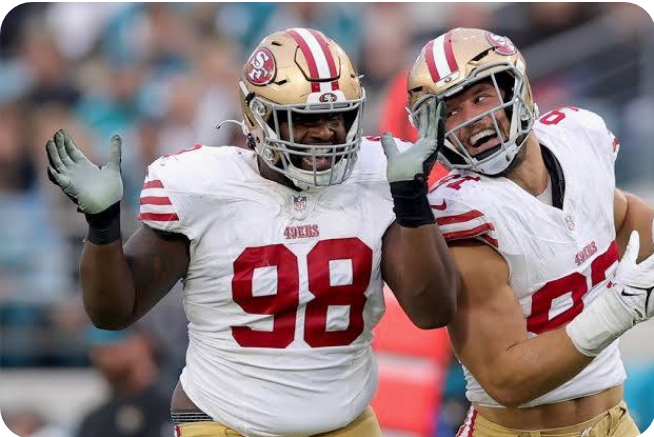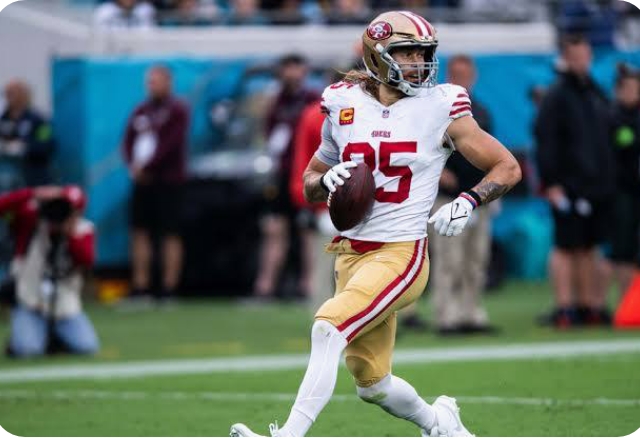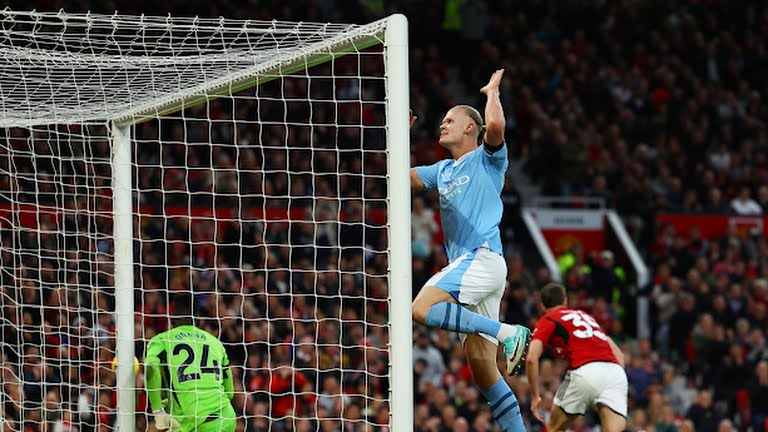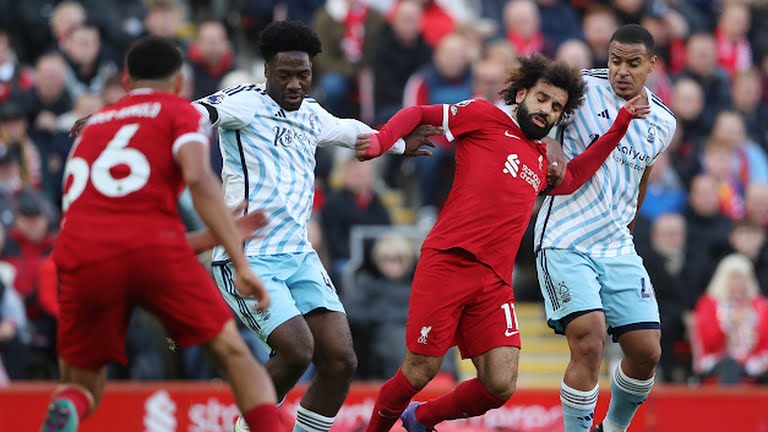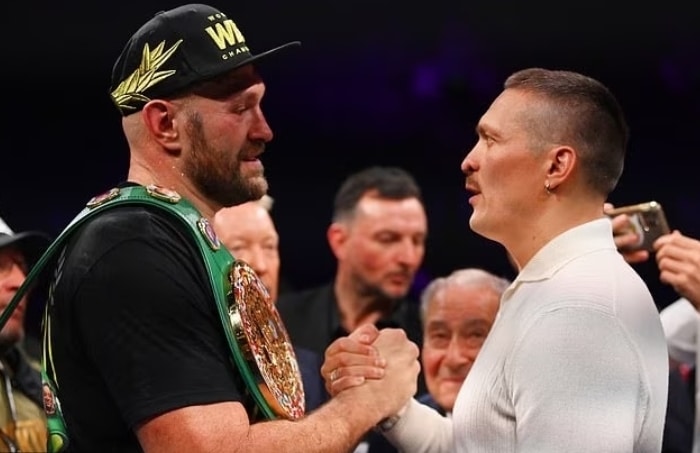What did the Jaguars’ Week 10 loss to the 49ers teach us about them?
Doug Pederson, the head coach of the Jacksonville Jaguars, believed his team was prepared for their Week 10 matchup against the San Francisco 49ers.
By the looks of the 34-3 lopsided home defeat, they were anything but.
“I believed the group was prepared. Both offensively and defensively, we were unable to complete the first drive with success. That’s the disappointing thing,” Pederson stated.
“Since these people were prepared to leave. It kind of snowballed from there, given our early in the football game lack of execution.”
Snowballing happened, and then some. The 49ers scored on drives of four and two plays, the Jaguars managed only 20 yards on three first-quarter possessions, and it appeared as though they were making things more difficult for themselves on drives in and out.
What therefore have we learned from the Jaguars’ worst defeat of the season? Below is a breakdown of it.
The Jaguars’ offensive advancement vanished out of thin air.
When it comes to quarterback Trevor Lawrence and the Jaguars offence, consider me an optimist. In recent weeks, I have tended to believe that the offence has been getting better and is still stronger than the sum of its parts, with self-inflicted turnovers being the offense’s lone problem. On Sunday, the 49ers disproved that claim in their own unique manner, while the Jaguars had what was probably their worst offensive day under Doug Pederson.
The expectations for the offence were always going to be higher for a team that had a No. 1 choice at quarterback, multiple huge contracts and high lottery picks on the offensive line, one of the highest-paid skill rooms in the NFL, and a coaching staff under Pederson. As Evan Engram stated following the game, the offensive’s terrible habits finally caught up with them. And it succeeded brilliantly.
Travon Walker is deserving of his bouquet.
The eye test gave us the impression that we had just witnessed one of Travon Walker’s best pass-rush performances, even though the stat sheet won’t support it. Prior to the game going out of control and the 49ers turning to their running game, Walker recorded two quarterback hits in the first half. Walker and Josh Allen were also successful in repeatedly moving Brock Purdy off his place. Walker was the only reason the Jaguars forced an intentional grounding on a near sack at the conclusion of the first half, giving up a field goal instead of a touchdown.
Walker’s 3.56 average separation from a quarterback per game, as tracked by the NFL’s Next Gen Stats, was by far his best of the season. Most people won’t be satisfied until the sacks arrive, but Walker’s increased pressure will be much more important. Walker might show the Jaguars a lot in the second half of the season if he can keep improving.
The Jaguars appeared mortal, and the takeaways stopped.
By no means is the Jaguars’ defence overvalued. Better defences now appear average thanks to Kyle Shanahan. It occurs. The one unpleasant reality that the Jaguars’ defence must deal with, though, is that their ability to produce takeaways may be the deciding factor for the whole 2023 campaign. In their first eight games, the Jaguars forced 18 turnovers; however, Sunday’s game was one of just two this season in which the team caused no turnovers. The other was their rout of Houston in Week 3, a game in which their defence gave up thirty points.
To put it briefly, when they are able to produce takeaways, it is just a different kind of defence. And it’s not for lack of effort. The Jaguars were close on multiple occasions; Shanahan deemed Brock Purdy’s first touchdown pass to be the quarterback’s worst career choice. Other plays needed to be written as well. However, they didn’t occur for the first time this year. And the Jaguars’ defence appeared to be invincible after that.
The offense’s biggest weakness is still turnovers, despite attempts to fix
Throughout and following their bye week, the Jaguars consistently stated—whether it was Press Taylor, Trevor Lawrence, or a plethora of other players and coaches—that reducing turnovers was the key to repairing the offence. The constant admonition was to stop shooting the offence in the foot and concentrate on ball security. Before Week 10, it was evident that the Jaguars’ offence prioritised reducing turnovers.
Sunday came next. With two interceptions by Trevor Lawrence, one fumble by Christian Kirk, and one by Lawrence himself, the Jaguars mishandled the ball four times. Kirk’s turnover occurred inside the 49ers’ 10-yard line, while the other three were outside the 50-yard line. For the first time since Weeks 4 and 5 of last year, when they turned the ball over five times in a single game and scored two touchdowns in two weeks, the Jaguars have now turned the ball over seven times in their last two games.
D’Ernest Johnson deserves to start as the team’s number-two running back.
Simply put, the Jaguars’ running game wasn’t on Sunday. The 49ers’ superior offensive line against the Jaguars kept Travis Etienne totally in check, save for a 16-yard pass play. This led to a one-dimensional and, to be honest, flawed offence. However, veteran running back D’Ernest Johnson impressed in a limited role on Sunday, maybe teaching the Jaguars a valuable lesson in their backfield.
Johnson proved to be a threat, especially on screen plays, as he managed to finish second on the team in receiving yards with 28 yards on two catches. Johnson had one 10-yard rush disregarded because of a holding call, but he also demonstrated some real burst and vision in the running game. It may be time for Johnson to get more snaps as Tank Bigsby continues to struggle to make plays.
